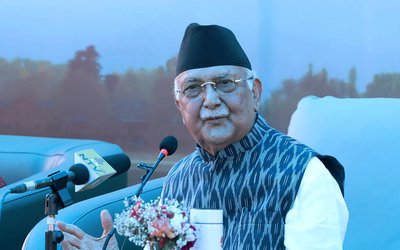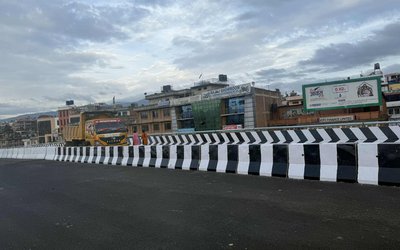More on News






South Asia Health Atlas Provides Evidence on the Urgency to Reach the Most Disadvantaged Children in the Region to highlight the importance of two major health problems: tackling newborn deaths and ensuring children are fully immunized in the region. Using the relatively under-used, innovative technique of ring mapping, the Atlas shows deprivations and underlying contributing factors of immunization and newborn deaths across and within countries in the region.
Despite making remarkable progress in decreasing the number of newborn deaths by half from 1990 to 2015, South Asia has the highest number of newborn deaths (more than 1 million in 2015) in the world. Furthermore, 1 in 7 children in South Asia are under-immunized with most living in Pakistan, India and Afghanistan.
“UNICEF strongly believes that no child should die of preventable causes and that all children, no matter where they live or what their circumstances are, have the right to survive and thrive. However, the reality is huge inequities exist in South Asia and not enough women and their newborns benefit from quality care. Also, there are significant disparities in immunization coverage that has contributed to 5 million under-immunized children in the region,” said Jean Gough, UNICEF Regional Director for South Asia.
“The South Asia Health Atlas reveals that challenges relating to newborn health, and also to under-immunization remain in the region. Mapping offers a quick and accessible insight into these problems and possible associations, for example, between adolescent birth rates and newborn deaths; immunization and under five deaths; and how countries with the highest newborn death rates struggle with financing the health system,” said a press release issued by Fungma Fudong Communication Specialist of UNICEF South Asia.
The Atlas also highlights the usefulness of geospatial mapping for policy making, especially in today’s world where policy makers are flooded with information and data. This Atlas aims to help them prioritize and make evidence-based decisions in allocating resources to the neediest in the region.
The UNICEF Regional Director for South Asia added, “This Atlas reminds us that unless we accelerate progress on newborn deaths, South Asia will not achieve the Sustainable Development Goal target by 2030. We must ensure that countries in South Asia recommit to saving children and newborns through policies and fiscal plans that address the priority issues, such as immunization and newborn health, with a focus on the poorest.”






